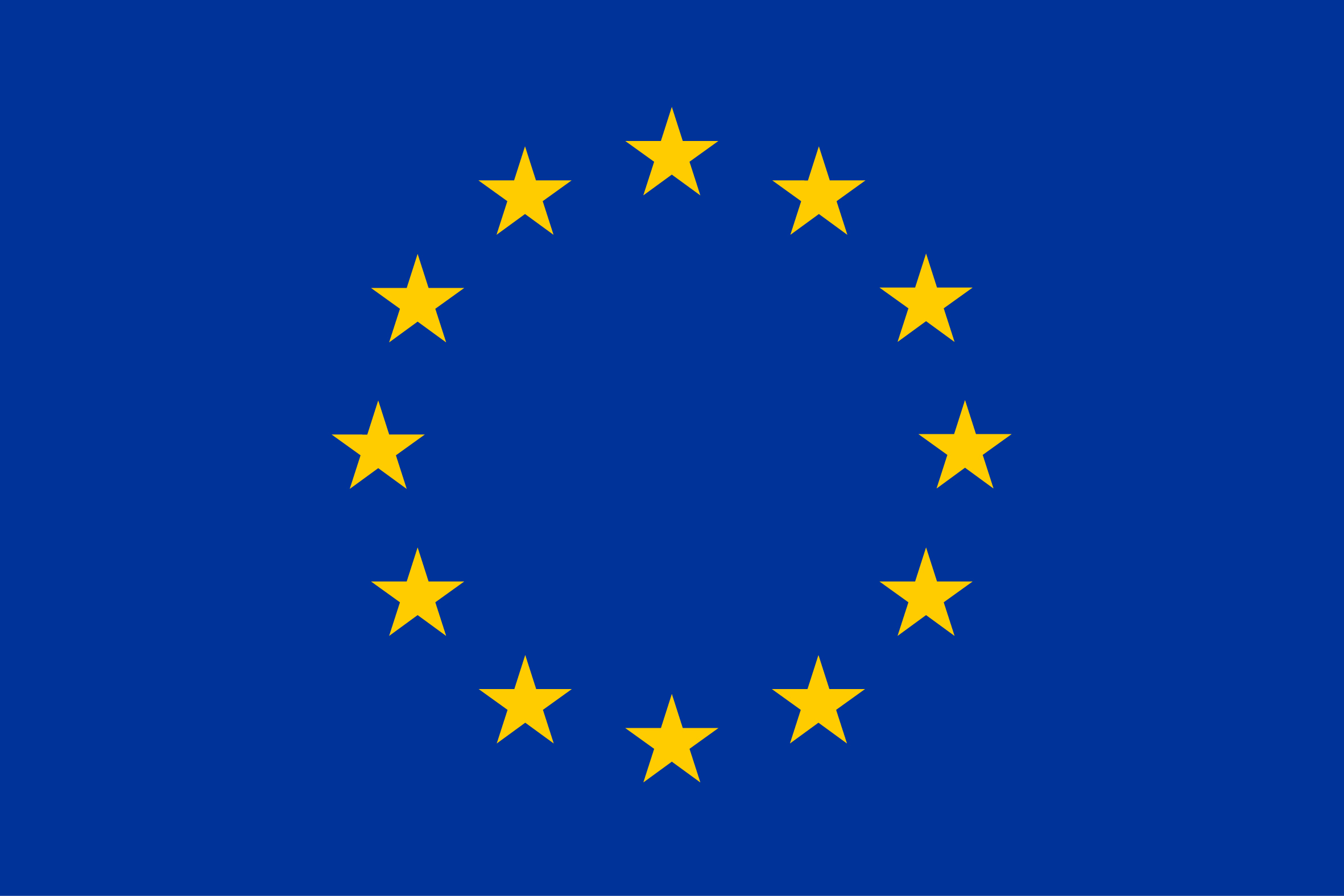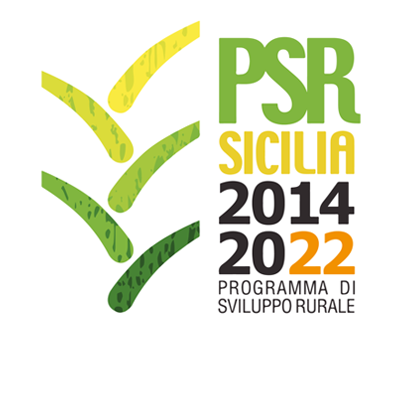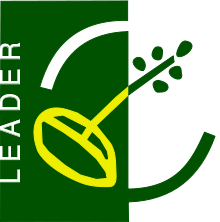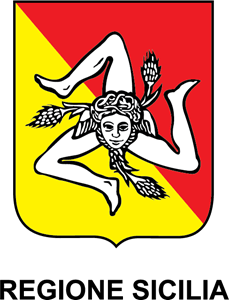Bali Cattle
Country
Specie
ISO3
MYS
Language
eng.
Description
Similar to the Bali cattle on the island of Bali in Indonesia
Transboundary name
Bali
Other name
Balinese, Lembu Bali, Bos banteng, Banteng
Breed classification (geographic)
International
Additional information
A conservation herd is located at the National Veterinary Institute in Kluang, state of Johore. Performance data for animals at the conservation herd captured using the DairyChamp software.
Additional information comments
Felda Farm Products Corporation maintains a herd of about 1,000 head of Bali cattle.
Adaptability to specific environment
They are extremely hardy under the hot and humid equatorial conditions in Malaysia. They can cope well with poor pasture or fodder.
Specific resistance or tolerance
The animals of this breed are reported to show a high degree of disease resistance.
Specific reproductive characteristic
This breed is very fertile, possibly due to the long heat period.
Special characteristic of product
Niche market for Bali cattle meat. Meat promoted as special cattle meat.
Other special qualities
In male animals, the fawn coat turns black with maturity. Able to convert low quality feeds.
Reference for special qualities
Punamin (2009) - Personal communication.
Color comments
reddish-brown with characteristic white stockings and a whitish rump patch; males turn black with maturity
Number of horns males
2
Number of horns females
2
Horn shape size and comments
thick, tapered horns, curving upwards and outwards
Wither height males
145
Wither height females
115
Weight males
550.00
Weight females
300.00
Other specific visible traits
zebu, medium-sized breed well developed body, strong legs beef-type
Herdbook
y
Herdbook established
2005
Domestication status
domestic
Taxonomic classification
Breed
Description of origin
domesticated Banteng
Year of origin
10
Import
Unknown
Location within country
Bali cattle are found in small pockets in several parts of Malaysia.
Local cryo conservation status
No Material
Local Risk
Unknown
Detailed local risk status
Unknown
International Transboundary Risk detailed
Unknown
Australian Friesian Sahiwal
Country
Specie
ISO3
MYS
Language
eng.
Transboundary name
Australian Friesian Sahiwal
Other name
AFS
Breed classification (geographic)
International
Number of horns males
0
Number of horns females
0
Domestication status
domestic
Taxonomic classification
Breed
Description of origin
limited number of Australian Friesian Sahiwal (AFS (male) x Friesian (female) female stock (104 head), having 75% Friesian inheritance, were imported from Australia and placed on government farms
Year of origin
1994
Location within country
Government farms.
Local cryo conservation status
No Material
Local Risk
At Risk
Detailed local risk status
Endangered
International Transboundary Risk detailed
Endangered
Selembu
Country
Specie
ISO3
MYS
Language
malay-mal.
Description
Selembu is a result of inter-species hybridization between Seladang (Bos gaurus) and local cattle (lembu). The name is derived from the
Transboundary name
Se
Other name
in Seladang and
Breed classification (adaptedness)
lembu
Breed classification (geographic)
in lembu.
Additional information comments
Gaur x Cattle hybrid, None
Efabis cultural value
Local
Adaptability to specific environment
The Selembu is a type of cattle derived from inter-species hybridization between Gaur and normal cattle. All animals are derived from matings between a lone wild Gaur bull and Sahiwal x Friesian cows in a government farm in Padang Hijau, Kluang, Johore.
Specific resistance or tolerance
Few Selembu specimens exist. They are mostly now kept at the Lenggong Breeding Farm in Perak. The chromosome number 2n=58 or 2n=60.
Other special qualities
Highly adaptable to the humid, tropical environment.
Reference for special qualities
Good resistance to cattle diseases.
Efabis genetic features
Reasonable fertility.
Efabis environmental role
Meat can be promoted as hybrid game meat.
Efabis adaptability to marginal land
High meat output due to large size of animal.
Body conformation
Nor Azman N. (1989). Performance of Gaur x cattle hybrids. MSc. Thesis. Universiti Putra Malaysia, Serdang, Malaysia.
Number of horns females
0
Wither height females
2
Weight males
2.00
Weight females
0.00
Taxonomic classification
Hump between the shoulders;
Import
domestic
Location within country
Variety
Local cryo conservation status
Seladang x cattle composite
Local Risk
1983
Regional Transboundary Risk (detailed)
Kluang, Johore and Lenggong, Perak.
International Transboundary Risk detailed
No Material
Murrah
Country
Specie
ISO3
MYS
Language
eng.
Description
Water buffalo from India
Transboundary name
Murrah
Other name
Kerbau Sapi Tenusu, Bubalus bubalis, Riverine Buffalo
Breed classification (geographic)
International
Additional information
Murrah buffalo semen imported from Pakistan has been used on the local Malaysian Murrah population.
Additional information comments
There have been recent attempts to increase the Murrah buffalo population by importing stocks from India.
Adaptability to specific environment
Highly adapted to hot, humid, equatorial environment.
Specific resistance or tolerance
Resistant to tropical diseases and parasites.
Specific reproductive characteristic
Good reproductive performance.
Special characteristic of product
Milk contains very high butterfat (7 percent).
Other special qualities
Some local communities value buffalo meat for special dishes such as
Reference for special qualities
Rendang
Efabis genetic features
125
Efabis skin colour
uni colour: black coat, with white markings on tip of tail; skin is black;
Horn shape size and comments
2
Wither height males
2
Wither height females
short, flat horns horns curling backwards, upwards and inwards in spiral form
Weight males
140.00
Weight females
130.00
Other specific visible traits
550
Herdbook
450
Herdbook established
Riverine-buffalo, milk-type, large breed, small head, small-horizontal ears; long-deep-wedge shaped body, well-developed udder, good-sized teats
Domestication status
n
Description of origin
domestic
Year of origin
0
Import
This breed originated from the Indian sub-continent. Animals have been brought in by Indian and Pakistani farmers during the early 20th. century.
Location within country
1900
Local cryo conservation status
Murrah buffalo imported form India since 1900.
Local Risk
Mainly in North-Western part of Peninsula Malaysia
Detailed local risk status
No Material
Regional Transboundary Risk (detailed)
At Risk
International Transboundary Risk detailed
Endangered maintained
Borneo Buffalo
Country
Specie
ISO3
MYS
Language
eng.
Description
Buffalo of Borneo
Transboundary name
Borneo Buffalo
Other name
Kerbau Sawah
Breed classification (geographic)
Regional
Additional information
Slight drop in population over years because of reduced utility.
Additional information comments
Swamp type;
Adaptability to specific environment
Adapted to hot, humid tropical climate
Specific resistance or tolerance
Generally tolerate diseases well
Specific reproductive characteristic
Good breeders
Special characteristic of product
Good source of meat.
Other special qualities
These buffalo play an important role in the traditional life of the Sabahan and Sarawakian peoples and are used in special feasts, rituals and dowries.
Reference for special qualities
http://www.sarawaktourism.com/
Color comments
uni coloured: grey
Number of horns males
2
Number of horns females
2
Horn shape size and comments
horns medium sized, gently curved & swept back
Wither height males
135
Wither height females
130
Weight males
450.00
Weight females
350.00
Other specific visible traits
Short, stout body with large chest circumference; medium sized face; short, straight legs; thin long tail; adult females have small udder;
Herdbook
n
Domestication status
domestic
Taxonomic classification
Breed
Description of origin
Indigenous breed
Year of origin
0
Import
No
Location within country
East Malaysia
Local cryo conservation status
No Material
Local Risk
Not at Risk
Detailed local risk status
Not at Risk
Regional Transboundary Risk (detailed)
Not at Risk
Nelore
Country
Specie
ISO3
MYS
Year
2019
Trend
decreasing
Population min
1000
Population max
1000
Population figured based on
survey at breed level
Breeding male
102
Breeding female
328
Females bred pure
174
In situ conservation programmes in place
yes
Geographical classification
International




